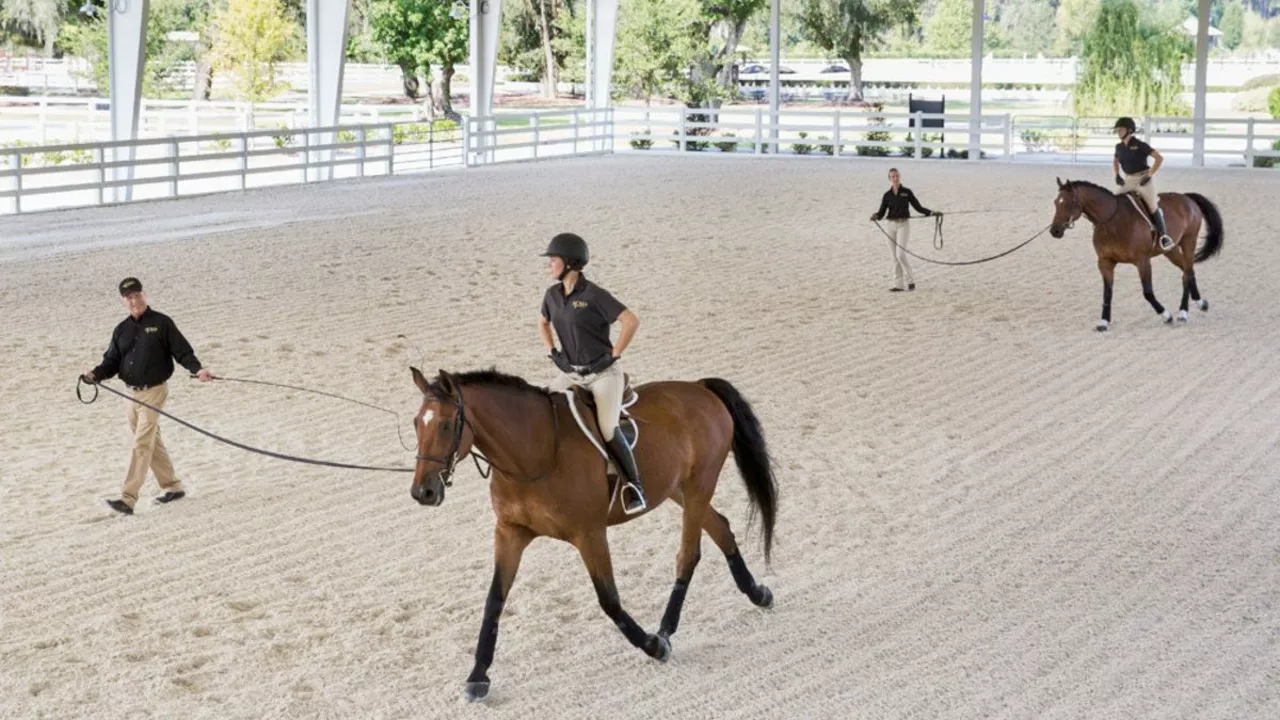Equestrian Sports & Training: Real‑World Tips You Can Use Today
If you love riding, you know the thrill of a smooth gallop and the challenge of mastering new skills. This page gives you quick, down‑to‑earth advice for everyday training, plus a clear look at lunge lessons – a tool many riders use to get better balance, coordination, and confidence.
What Exactly Is a Lunge Lesson?
A lunge lesson isn’t about the horse doing push‑ups. It’s a session where the horse moves in a big circle while attached to a long line called a lunge rope. The trainer or instructor controls the rope from the outside, and the rider stays on the horse, focusing on posture, balance, and basic aids without worrying about steering.
Because the horse is guided by the rope, the rider can feel the rhythm of the movement and work on keeping a steady seat. It’s like a moving yoga class for riders – you stay centered while the horse does the work of moving around.
Why Add Lunge Lessons to Your Routine?
First, they let you practice without the distraction of steering. That means you can pay attention to your hips, legs, and hands. Second, they improve the horse’s suppleness. When the horse circles, it stretches its muscles and learns to respond to gentle pressure from the rope.
Most riders use lunge lessons to:
- Develop a balanced seat
- Refine transitions between walk, trot, and canter
- Work on collection and extension without a rider’s weight pulling in different directions
- Increase confidence for beginners who feel nervous when they have to control a horse and themselves at the same time
Even seasoned competitors add lunge work before a big show. It helps them fine‑tune subtle cues that make the difference between a good performance and a great one.
Want to try a lunge lesson? Here’s a simple step‑by‑step plan you can use at most training arenas:
- Set up the lunge rope. Attach it to a sturdy point, usually a ring or a lunge line attached to a post. Make sure the rope is long enough for a wide circle but not so long that the horse can drift away.
- Fit the horse with a lunge cavesson. This is a soft headgear that lets the rope stay on the horse’s nose without hurting.
- Mount and get into a relaxed seat. Keep your shoulders down, elbows close, and eyes forward.
- Start at a walk. Feel the horse’s rhythm, adjust your posture, and let the trainer keep a steady speed.
- Progress to trot and canter. As you get comfortable, ask the trainer to increase the tempo. Focus on staying balanced as the horse speeds up.
- Work on transitions. Ask the horse to change from walk to trot and back while staying in the circle. This builds responsiveness.
- Cool down. End with a few minutes of walking to let the horse relax.
Remember, the goal is not to rush. Take each step slowly, and use the time to feel how your body moves with the horse.
Beyond lunge lessons, everyday training should include basic flatwork, jumping drills if you’re into eventing, and regular grooming to keep your horse comfortable. Mix in short, focused sessions rather than long, tiring ones. Your horse and body will thank you.
Got a question about a specific training problem? Drop a comment or start a discussion on our forum. The equestrian community loves sharing ideas, and you’ll pick up tricks that you might not find in a textbook.
Whether you’re just starting out or you’ve been riding for years, the right training tools can make every ride smoother. Try a lunge lesson this week and notice the difference in your balance and confidence. Happy riding!
Horseback Riding: What is a lunge lesson?
Whoa, hold your horses! Today we're going to dive into the world of equestrianism and talk about lunge lessons. Now, you might be thinking, "Is that where the horse does lunges?" Oh boy, I wish! But no, it's a tad more complex. It's a fantastic way for riders to really hone their balance and coordination without the added challenge of controlling their steed. Essentially, the horse is attached to a long line and moves in a circle around the trainer while the rider works on improving their skills. So, it's like a horsey-carousel of learning. Neigh bad, huh?
READ MORE